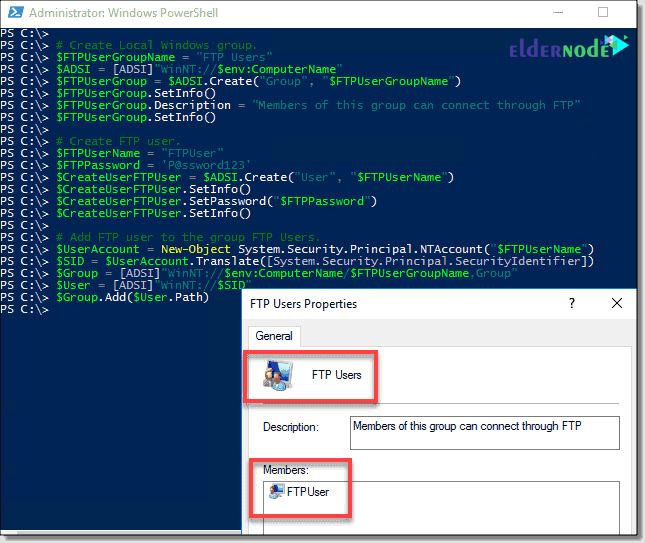


This guide assumes that you have UFW installed, following Step 4 in the initial server setup guide. If it is, we’ll ensure that FTP traffic is permitted so firewall rules don’t block our tests. Let’s check the firewall status to see if it’s enabled. With a backup of the configuration in place, we’re ready to configure the firewall. When the installation is complete, copy the configuration file so you can start with a blank configuration, and save the original as a backup: Let’s start by updating our package list and installing the vsftpd daemon: You can learn more about how to create a user with these privileges in our Initial Server Setup with Debian 10 guide.

To follow along with this tutorial you will need: In this tutorial, you’ll configure vsftpd to allow a user to upload files to their home directory using FTP, with login credentials secured by SSL/TLS. Optimized for security, performance, and stability, vsftpd offers strong protection against many security problems found in other FTP servers and is the default for many Linux distributions. When you do need FTP, however, vsftpd is an excellent choice. If you have a choice of what protocol to use, consider exploring the more modern options. Many casual internet users expect to download directly from their web browser with https, and command-line users are more likely to use secure protocols such as the scp or SFTP.įTP is still used to support legacy applications and workflows with very specific needs. It has since been replaced by faster, more secure, and more convenient ways of delivering files. FTP, short for File Transfer Protocol, is a network protocol that was once widely used for moving files between a client and server.


 0 kommentar(er)
0 kommentar(er)
